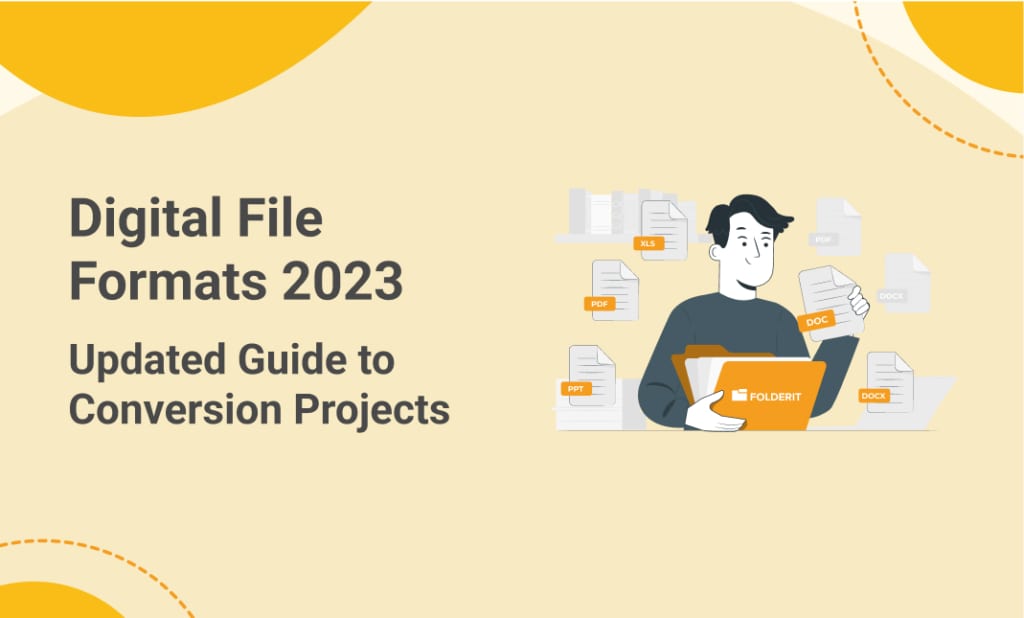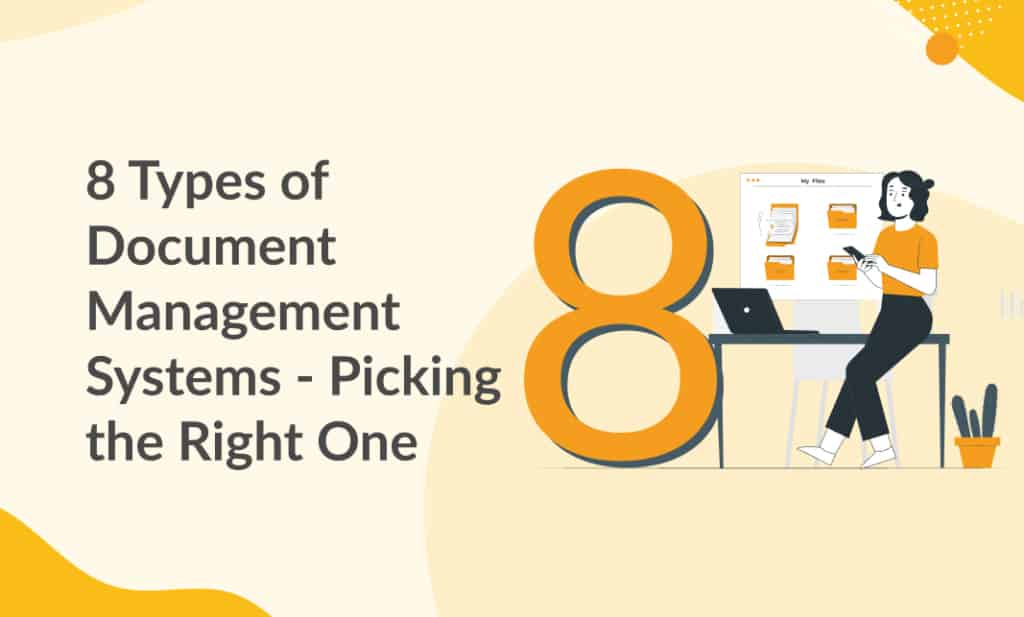Staying up to date with the latest developments in file formats is crucial. Whether you are a business owner, a digital artist, or an everyday user, understanding the nuances of file formats can significantly streamline your workflow and enhance your project outcomes.
In this guide, we delve deep into the world of digital file formats, offering insights and tips to help you navigate your conversion projects with ease and efficiency.
Understanding the Basics: What are Digital File Formats?
Digital file formats are structured data containers that store information in a specific way, making it accessible and usable through various software applications. These formats can encompass a wide range of data types, including text documents, images, videos, and audio files. The choice of file format can influence the quality, compatibility, and size of the files, thereby impacting the overall success of your project.
A Closer Look at Popular File Formats
Let’s explore some of the popular file formats that continue to dominate the digital space:
Text Documents
- DOCX: A widely used format for word processing, offering features like text formatting, images, and tables.
- PDF: A universal format that preserves the layout and formatting of a document, making it ideal for sharing and printing.
Images
- JPEG: A popular choice for photographs and web images, offering a good balance between quality and file size.
- PNG: Known for its lossless compression, it is preferred for high-quality images and graphics with transparency.
Audio
- MP3: A common audio format that compresses sound data without significant loss in quality.
- WAV: A lossless audio format that preserves the original sound quality, suitable for professional audio projects.
Video
- MP4: A versatile video format that supports high-quality videos with a relatively small file size.
- MKV: A flexible format that can store a variety of video, audio, and subtitle tracks in a single file.
Choosing the Right File Format
Selecting the appropriate file format is not just about the technical aspects; it’s also about understanding the needs and preferences of your target audience. Here, we offer some user-centric considerations to guide your choice:
- Ease of Access: Opt for formats that are widely supported and can be easily accessed by your audience without the need for specialized software.
- Quality Preservation: If your project involves high-quality visuals or sound, choose formats that offer lossless compression to preserve the original quality.
- File Size Considerations: Be mindful of the file size, especially if your audience will be downloading the files. Choose formats that offer a good balance between quality and size to facilitate easy downloads.
The Role of Conversion Tools
In your digital conversion projects, you might encounter situations where you need to convert files from one format to another. Utilizing reliable conversion tools can help you achieve this with minimal loss in quality. These tools can be standalone software applications or online platforms that offer conversion services.
Integrating with Folderit: Streamlining Your Digital Workflow
Folderit plays a pivotal role in managing and organizing your digital files effectively. Its versatile platform supports a wide array of file formats, allowing for seamless integration into your workflow. Whether you are working on a business project or a personal endeavor, Folderit’s robust features can help you keep your files organized and accessible.
General Technical Aspects of File Formats
As we further explore the world of digital file formats, it becomes imperative to understand the technical nuances that govern these formats. Here, we delve into aspects such as resolution, compression methods, and compatibility, which can significantly influence the outcome of your conversion projects.
Resolution and Quality
- High-Resolution Formats: These are preferred for professional projects where quality is paramount. Formats like TIFF for images and WAV for audio fall under this category.
- Standard Resolution Formats: These are more common and are used for everyday projects. Formats such as JPEG for images and MP3 for audio are popular choices.
Compression Methods
- Lossless Compression: This method retains the original quality of the file, even after compression. Formats like PNG and FLAC are known for lossless compression.
- Lossy Compression: This method reduces file size at the cost of some quality loss. Formats like JPEG and MP3 utilize lossy compression.
Compatibility and Accessibility
- Cross-Platform Compatibility: Choose formats that are supported across various platforms and devices to ensure wider accessibility.
- Software Compatibility: Ensure that the chosen formats are compatible with the software tools you are using for your project.
Folderit: Your Ally in Managing Digital Files
Folderit stands as a robust platform that integrates seamlessly with various digital file formats, offering a streamlined approach to managing your digital assets. Here’s how Folderit can enhance your experience:
- Efficient File Management: Organize and manage your files effortlessly, with features that allow for easy search and retrieval.
- Secure File Sharing: Share your files securely with team members and stakeholders, with options for controlled access and permissions.
- Integration with Conversion Tools: Integrate with various conversion tools to facilitate easy file format conversions, without leaving the Folderit platform.
Navigating Digital File Formats
As we stand at the threshold of a new era in digital technology, being well-versed with the latest developments in file formats becomes a necessity. With this guide, we aim to equip you with the knowledge and insights to navigate your conversion projects with confidence and ease. Remember, the right choice of file format, coupled with the powerful features of Folderit, can pave the way for successful and efficient digital projects.



